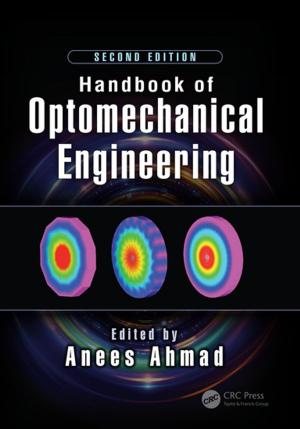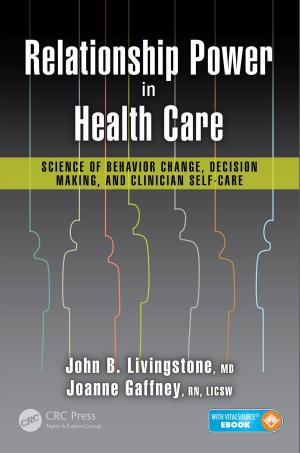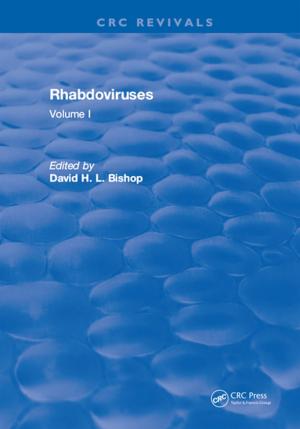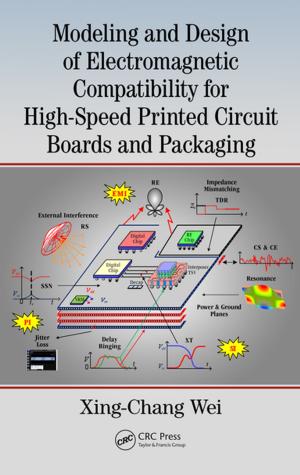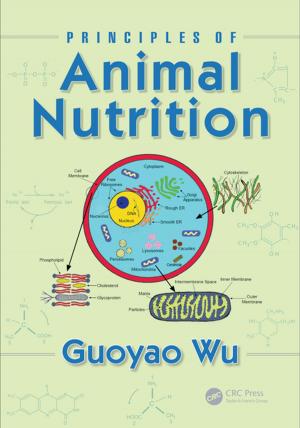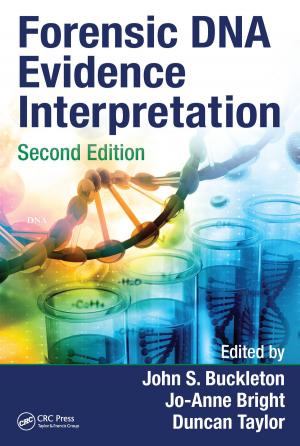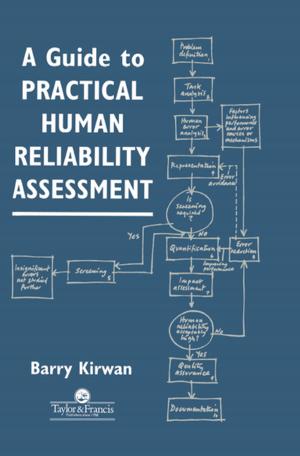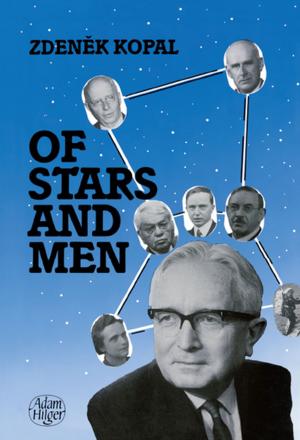Post-Dryout Heat Transfer
Nonfiction, Science & Nature, Science, Physics, Thermodynamics, Technology, Engineering, Civil| Author: | G.F. Hewitt | ISBN: | 9781351423311 |
| Publisher: | CRC Press | Publication: | October 6, 2017 |
| Imprint: | Routledge | Language: | English |
| Author: | G.F. Hewitt |
| ISBN: | 9781351423311 |
| Publisher: | CRC Press |
| Publication: | October 6, 2017 |
| Imprint: | Routledge |
| Language: | English |
The study of post-dryout heat transfer has generated great interest because of its importance in determining maximum clad temperature in nuclear reactor loss-of-coolant accidents (LOCAs). An associated phenomenon, the deterioration of heat transfer in boiling, is significant to other industrial sectors. This book provides comprehensive coverage of post-dryout heat transfer, discussing such essential topics as post-dryout heat transfer in dispersed flow, interpretation and use of transient data in surface rewetting by reinstatement of flow or by reducing heat flux, rod bundles, two-phase flow occurrences in the post-dryout region, various methods for predicting ""inverted annular flow,"" and new experiments for measuring thermodynamic nonequilibrium with probes in the channel. The book also presents a basis for independent safety assessment of nuclear reactors and chemical plant systems where post-dryout heat transfer may occur.
Post-Dryout Heat Transfer will be a useful reference for researchers and professionals in the nuclear and chemical production industries.
The study of post-dryout heat transfer has generated great interest because of its importance in determining maximum clad temperature in nuclear reactor loss-of-coolant accidents (LOCAs). An associated phenomenon, the deterioration of heat transfer in boiling, is significant to other industrial sectors. This book provides comprehensive coverage of post-dryout heat transfer, discussing such essential topics as post-dryout heat transfer in dispersed flow, interpretation and use of transient data in surface rewetting by reinstatement of flow or by reducing heat flux, rod bundles, two-phase flow occurrences in the post-dryout region, various methods for predicting ""inverted annular flow,"" and new experiments for measuring thermodynamic nonequilibrium with probes in the channel. The book also presents a basis for independent safety assessment of nuclear reactors and chemical plant systems where post-dryout heat transfer may occur.
Post-Dryout Heat Transfer will be a useful reference for researchers and professionals in the nuclear and chemical production industries.


